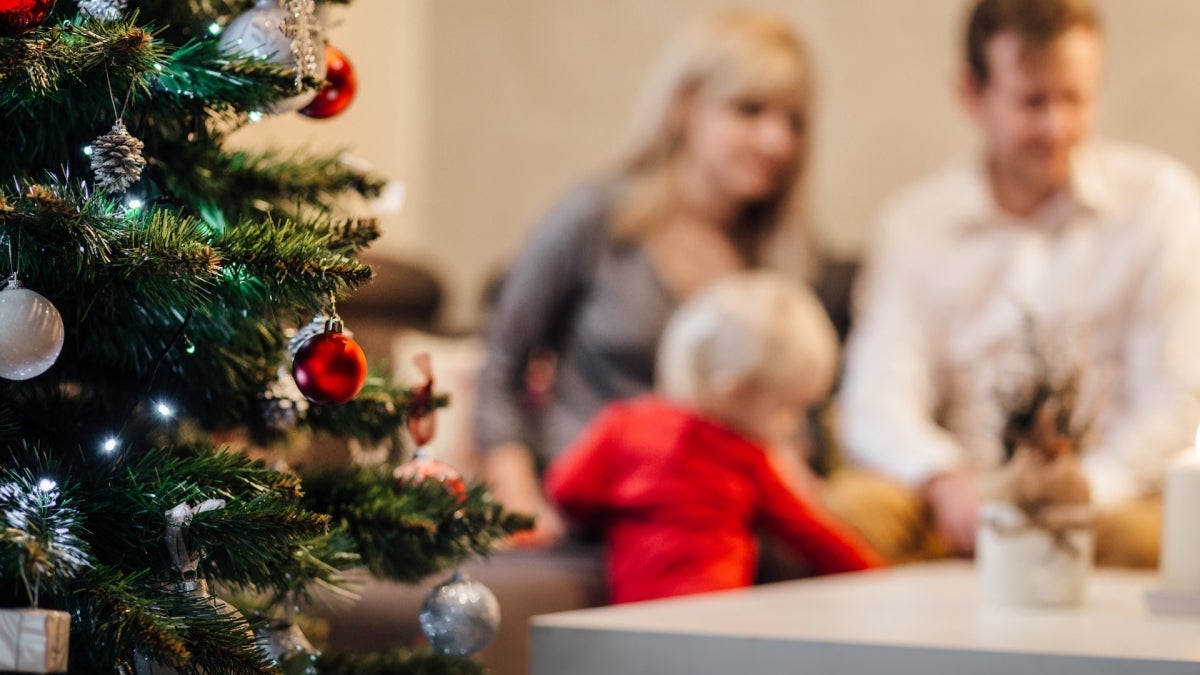Whether it’s family tradition, the smell of fresh pine or the convenience of buying a reusable tree at a big-box store, each person has a Christmas tree of choice. But which one of these is really more sustainable — and do consumers care?
Carole Mars, senior research lead at the Sustainability Consortium at ASU, looks at this from a bigger perspective.
For a buyer to be environmentally conscious, natural trees need to be sourced locally and recycled for composting to preserve the resources that went into its growth. Artificial trees must be used for many years, and a consumer should consider donation rather than disposal. To date, there are no viable recycling options. Can consumers repurpose their trees? Of course. An internet search will bring forth options galore.
For those natural-tree enthusiasts, Mars said, Christmas trees are grown specifically for that holiday purpose.
“Approximately 350 million are currently growing in the U.S.,” Mars said. “Trees are grown in all 50 states and do preserve green space and store carbon that may otherwise contribute to global warming.”
Where cheer turns into gloom is when people do not properly dispose of their tree after the holidays.
“If a natural tree is landfilled, there is no ‘break even’ point, because most likely it will not decompose in modern landfills,” Mars said. “If the tree is recycled or composted, then the carbon can be released and the ‘break-even point’ is approximately four years.”
For those who wish to recycle their tree, many cities set up collection locations after the holidays.
What if you just love the nice soft glow of a pre-lit Christmas tree sitting in your living room? Well, you may not be harming the environment as much as you think.
“The primary positive benefits with artificial trees relate to cost and convenience. Once purchased, they can be used yearly without the hassle of having to purchase and transport one each year,” Mars said.
She added that in general, it would take eight years of use before the average artificial tree would have a lower cumulative environmental impact than a natural tree.
When picking out that beautifully lit tree, choose wisely to make your purchase pay off both for your wallet and for Mother Nature.
But does a tree choice go deeper than “being green”?
It makes us feel good
People often make choices based on emotion. A Christmas tree can be associated with a time when the whole family is around, fun winter activities, presents and lots of good food, according to Michelle Shiota, ASU lab director and principal investigator of the Shiota Psychophysiology Laboratory for Affective Testing (SPLAT).
Holidays come with high expectations of being happy and cheerful all the time — when the reality can be the opposite. In her lab, Shiota studies emotional regulation, the ability of people to change the emotions they’re feeling, whether that be sadness, frustration or disappointment.
“For many people, it wouldn’t really feel like Christmas without (a tree),” she said. “We love rituals and find them comforting, and the Christmas tree ritual is very important for many people at this time of year.”
Although emotion plays a role in the decision to purchase a tree, cost and convenience are also a factor, she added.
So does sustainability outweigh emotion? Not likely. Many of the decisions we make are influenced by anticipated emotions, whether we are aware of them or not, Shiota explained.
“Even when people make the same decision, it might be for different reasons. For example, one family might buy a plastic tree because it’s easier and less expensive in the long run than buying a fresh tree year after year, whereas another family buys the plastic tree because of concern over wasting resources.”
More Science and technology

Pioneering professor of cultural evolution pens essays for leading academic journals
When Robert Boyd wrote his 1985 book “Culture and the Evolutionary Process,” cultural evolution was not considered a true…

Lucy's lasting legacy: Donald Johanson reflects on the discovery of a lifetime
Fifty years ago, in the dusty hills of Hadar, Ethiopia, a young paleoanthropologist, Donald Johanson, discovered what would…

ASU and Deca Technologies selected to lead $100M SHIELD USA project to strengthen U.S. semiconductor packaging capabilities
The National Institute of Standards and Technology — part of the U.S. Department of Commerce — announced today that it plans to…
